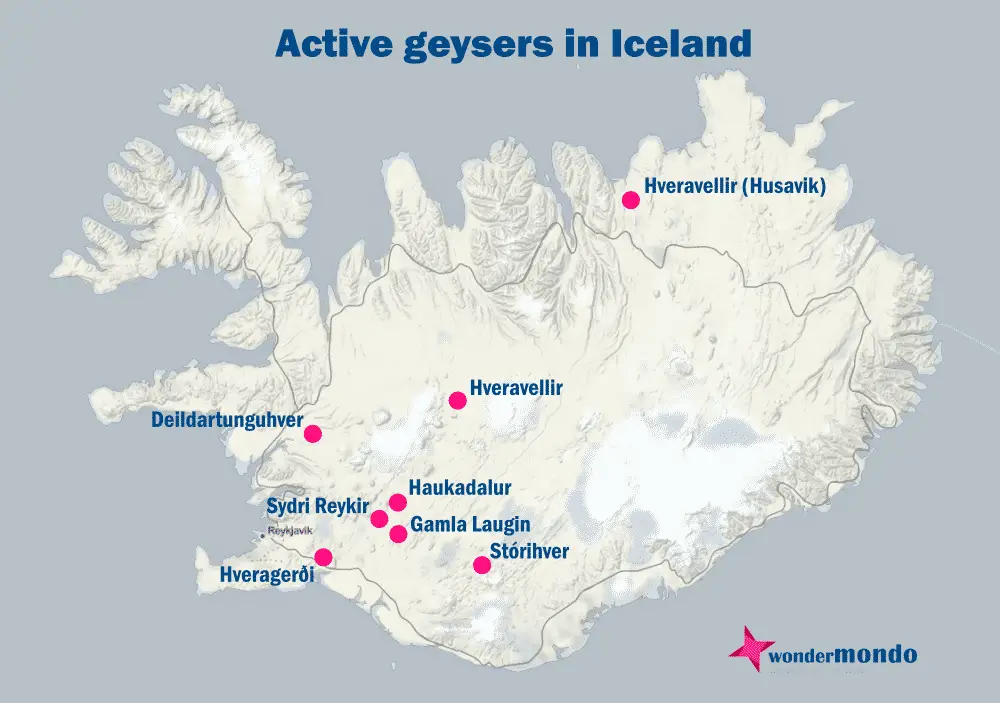Geysers 🢔 Geothermal features 🢔 Geological wonders 🢔 Categories of wonders
Wonder
Deildartunguhver
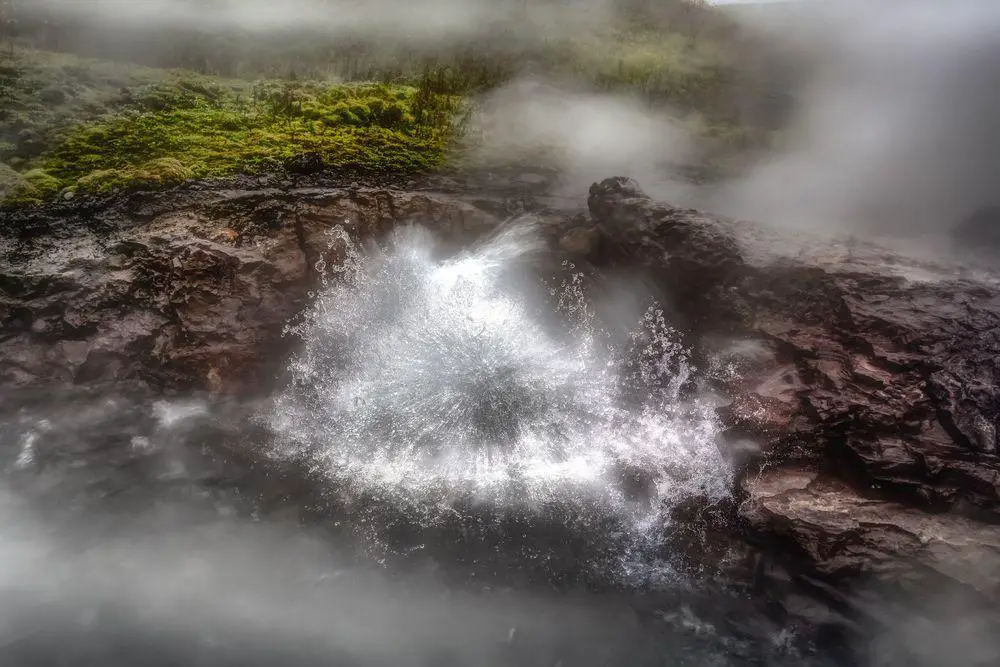
 In short
In short
The largest spring in Iceland is Deildartunguhver – constantly boiling pool of geysers and spouters. This might be the most powerful thermal spring in the world. And… one more record: here starts the longest district heating system in the world!
 37.3%
37.3%
GPS coordinates
Location, address
Alternate names
Height
Average discharge
Map of the site
If you see this after your page is loaded completely, leafletJS files are missing.
 In detail
In detail
Geysers and hot springs
Deildartunguhver is named after Deildartunga – a nearby farm that has been mentioned already in the Icelandic medieval sources. This was valuable agricultural land long before the use of geothermal energy started. The fate of the legendary Snorri Sturluson (1179-1241) is linked to this site as well.
Deildartunguhver is located in the Reykholt geothermal area. This area of thermal water includes one more unique landmark: the nearby Árhver geysers in the middle of a river.
Springs emanate at the foot of Hverahóll hill and have at least nine vents. The temperature of the water at the surface here is 95 – 97 °C. A little deeper it is above the boiling point.
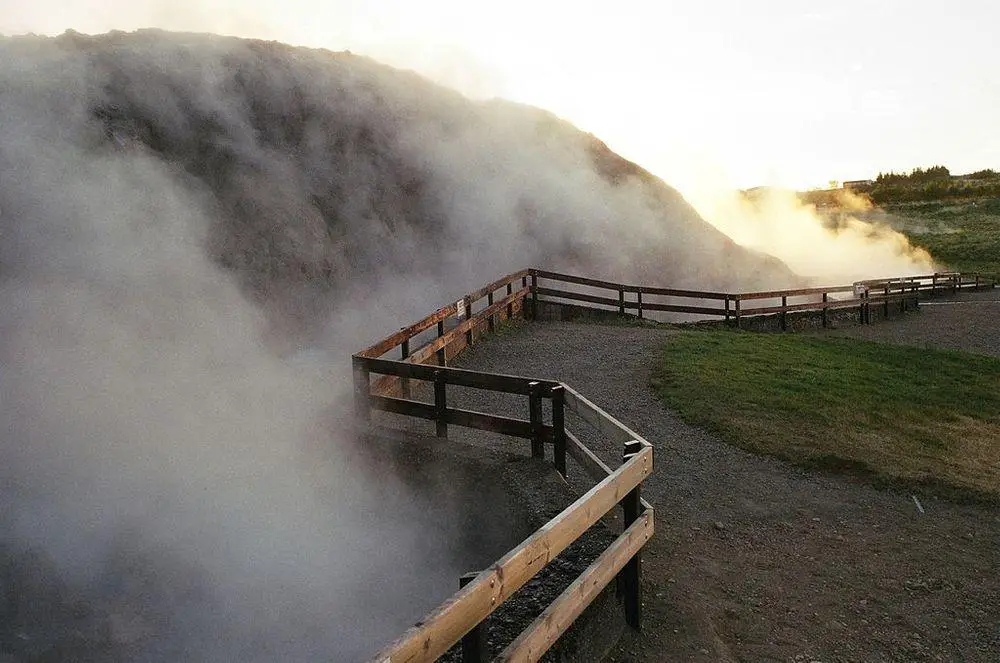
Some of the spring vents behave as water spouters and even geysers. The most active ones can erupt up to 3 m high. In 1810 the geysers were taller – up to 4 m – as described by Scottish geologist Sir George S. Mackenzie.
Deildartunguhver almost continuously is shrouded in dense steam. Thus it is hard to find a moment to take a clear picture of the springs.
District heating system
In the 1970ies, during the oil crisis, a dire need for cheaper energy arose. As a result, a very ambitious project was realized around 1979: there was built a district heating system between Deildartunguhver and the coastal towns – Borgarnes and Akranes. The pipe to Akranes is 64 km long. Water at the end of this pipe still is very hot: 78 – 80 °C.
Later there were found other sources of geothermal energy nearer to the towns – but too late, the system was built and functional.
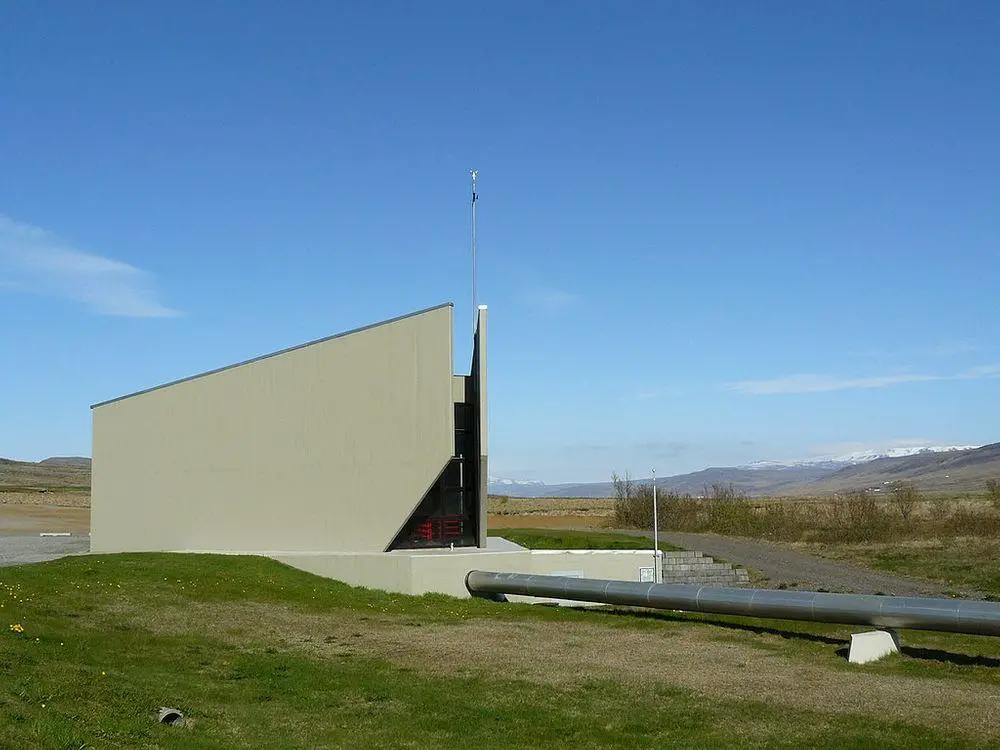
Thus, the visitors of the site can see how twisted can be the compromise between nature conservation and development. Deildartunguhver is a protected monument of nature. But, as the water appears above the ground and flows for some meters, nature conservation ends: water reaches a system of concrete gutters and disappears in pipes.
The only endemic plant in Iceland
These few meters of “freedom” though are very important. Around the hot springs grows a unique plant, which is found only here: the fern Struthiopteris fallax. In 2019 this small plant (2-5 cm long leaves) was confirmed to be a separate species. This is the only unique species of plants in Iceland.
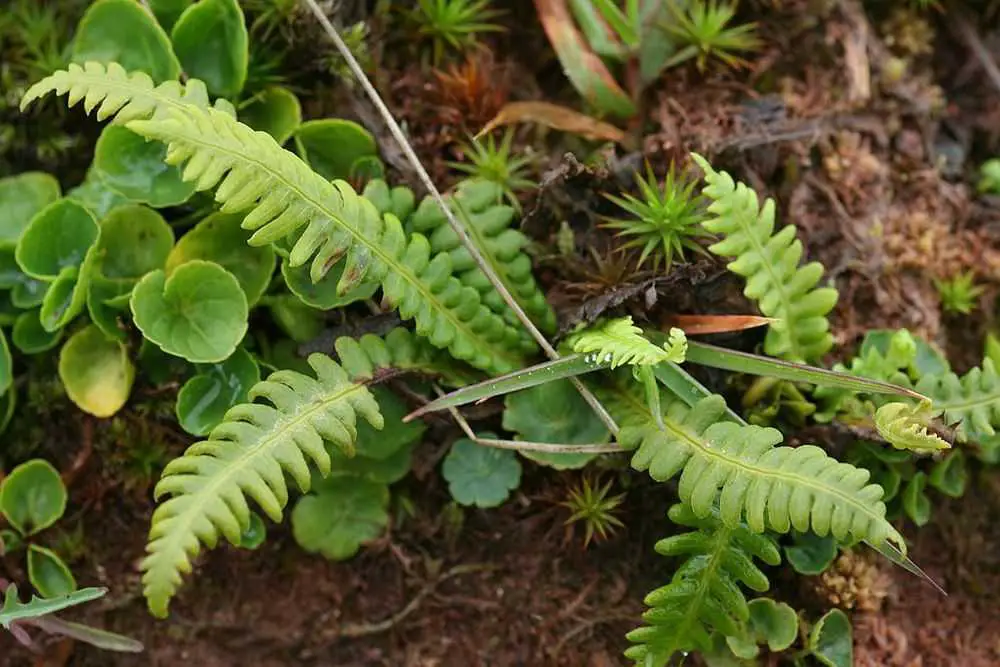
One more important find is thale cress (Arabidopsis thaliana) – the only find of this plant in Iceland.
References
- Dirk Niemann, Deildartunga / Reykholt, Volcanic Springs. Accessed on June 2, 2019.
- Sonia Molino, Jose M. Gabriel y Galán, Pawel Wasowicz, Pablo de la Fuente, Emily B. Sessa, The Struthiopteris spicant (Blechnaceae, Polypodiopsida) complex in Western Europe, with proposals for taxonomic and nomenclatural changes, Plant Systematics and Evolution (2019) 305:255–268. https://doi.org/10.1007/s00606-019-1565-0. Accessed on June 3, 2019.
Deildartunguhver is included in the following article:
 Linked articles
Linked articles
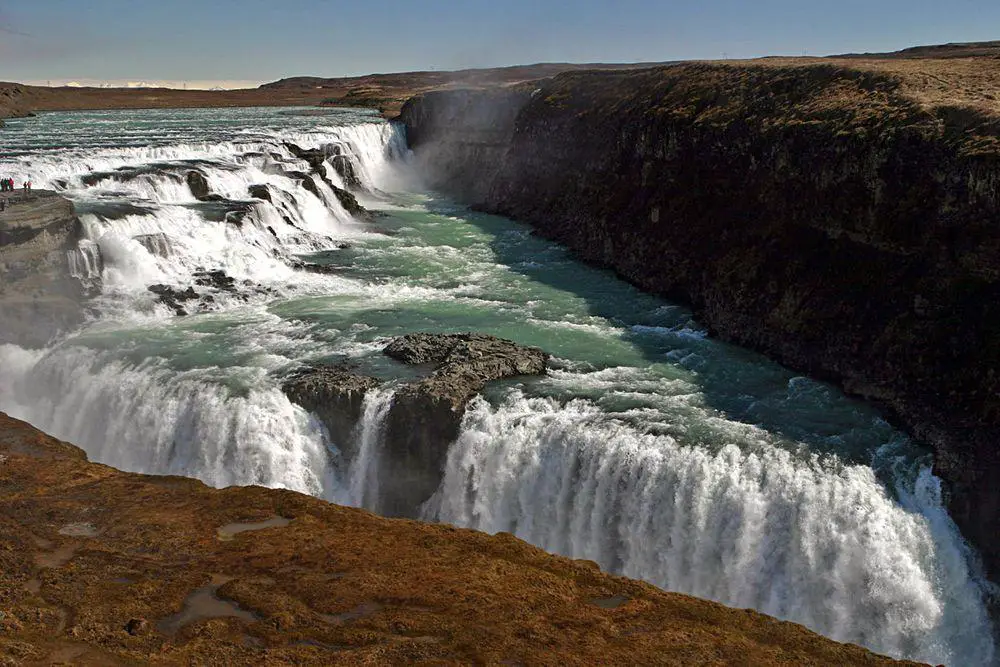
Wonders of Iceland
Iceland is very rich with peculiar natural landmarks and the island contains also interesting cultural landmarks. The highlights of Iceland are the magnificent waterfalls as well as geysers and other geothermal features.
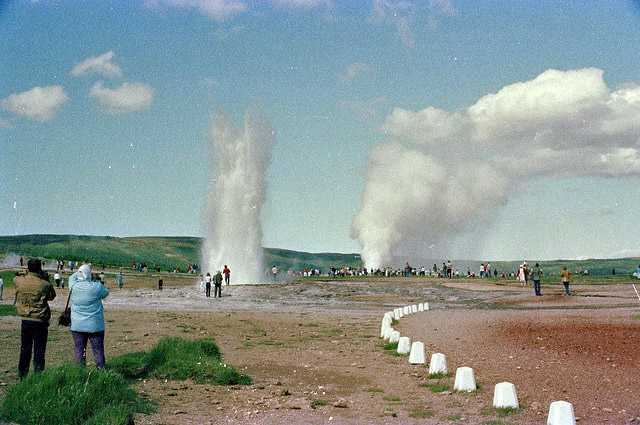
Geysers
Hasty hydrogeologists would say: geysers are thermodynamically and hydrodynamically unstable hot springs. “Normal” people would say – geysers are hot springs that at more or less regular intervals shoot up a fountain of boiling water and steam. Sometimes these fountains are even 100 m tall… or even 450 m!
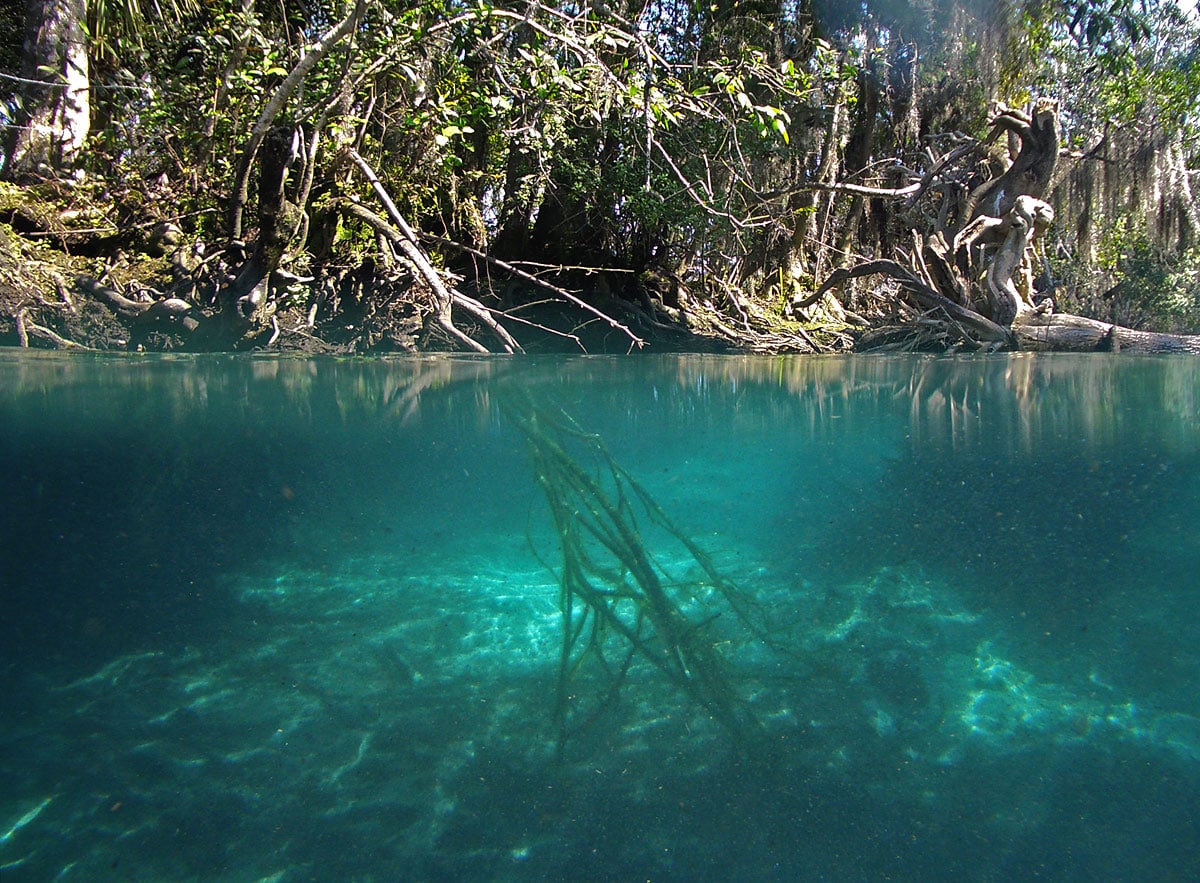
Springs
Powerful natural freshwater springs belong to the most fascinating monuments of nature. Even more exciting is the diversity of unusual springs – mineral springs, hot springs, submarine springs as well as the unusual black smokers. Especially beautiful are such natural rarities as travertine, silica, or salt terraces created by warm and hot springs and, especially, geysers.
 Recommended books
Recommended books
Iceland Travel Guide
Iceland Travel Guide Introduction This book includes all the necessary links for an easy journey to your Icelandic adventure. To make your Iceland travel more entertaining and full of all of the things that you want, you’ll see a step-by-step route around the entire country, indicating the distance in miles, accommodations, recreation, entertainment, shopping, and much more. This Iceland travel guide will be the perfect companion to see all of the hottest spots, like Blue Lagoon, Iceland, and other must-sees.
The Glorious Geology of Iceland’s Golden Circle
This is the first book describing the glorious geology of Iceland’s Golden Circle and four additional excursions:(1) the beautiful valleys and mountains of the fjord of Hvalfjördur, (2) the unique landscape and geothermal fields of the Hengill Volcano, (3) the explosion craters, volcanic fissures, and lava fields of the Reykjanes Peninsula, and (4) the volcanoes (Hekla, Eyjafjallajökull, Katla), waterfalls, sandur plains, and rock columns of South Iceland. The Golden Circle offers a unique opportunity to observe and understand many of our planet’s forces in action.

